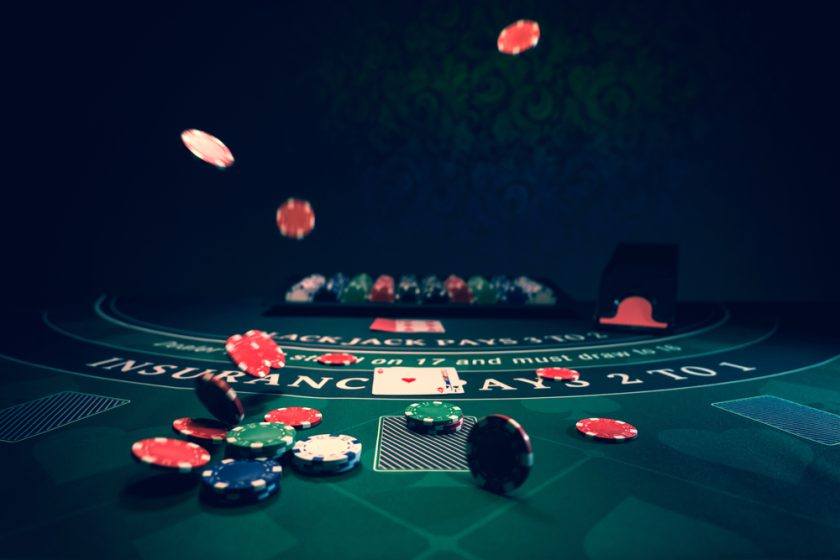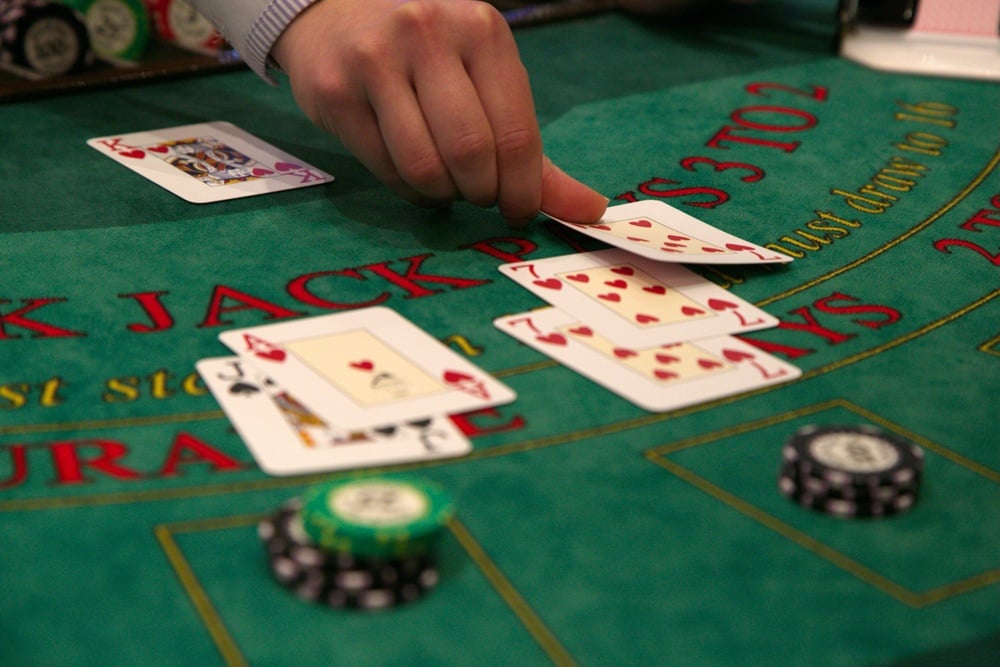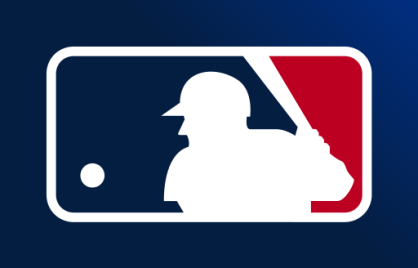Comprehensive Blackjack Deviation Charts to Enhance Your Play

Blackjack Deviation Charts: What You Need to Know
- Chart Purpose: Blackjack deviation charts provide player actions specific to different game scenarios based on card counting and running count, designed to help maximize long-term winnings.
- Basic Strategy: Deviation charts are an extension of basic blackjack strategy, offering optimal play advice for specific counts, thus reducing house advantage.
- Understand Index Numbers: Different chart columns represent different index numbers or counts. Deviate from basic strategy only when the running count surpasses the chart’s index numbers.
- Bet Adjustment: Blackjack strategy charts also guide on when to increase or decrease bet sizes to maximize profits based on the running count.
- Practice: Memorizing deviation charts can be challenging, but practice and steady use will improve your blackjack game considerably.
There are some basic strategies when it comes to Blackjack. Whether playing online blackjack or in the casino, there are some simple truths: Double down on 11, stay on 17 and always split aces. However, there are times when it pays to alter your strategy. This approach is called blackjack deviation.
This adjustment in strategy can increase your odds in winning hands and raking in more money. The best way to achieve better outcomes is with a blackjack deviation chart. These charts are based on specific game conditions and your ability to count the cards on the table.
Importance of Deviation Charts in Blackjack
Casino games are designed for the house to have the upper hand. Blackjack deviation charts provide a strategy to mitigate risk and maximize profits. Blackjack playing deviations can help you:
- Adapt to the changing conditions of the game based on cards dealt
- Make better informed decisions
- Maintain flexibility in your betting strategy, including doubling down, splitting or even buying insurance
- Take card counting to a more strategic and effective level
Basic Strategy vs. Deviation
The basic strategy is what most players will use when playing blackjack and, for the most part, it’s a safe way to go. Regardless, the game is still designed for the casino to win more often than not. Deviation provides a competitive edge against the house and increases your odds of winning more often.
While the basic strategy is a comprehensive guideline to follow, deviation is a more advanced strategy based on additional information and recognizing varying conditions with regards to the card count. Using blackjack card counting deviations allows you to adjust beyond the basic strategy.

Image Credit: Shutterstock
Blackjack Card Counting Strategies
There are several card counting methods to consider but most use a +1/-1 method assigning the lower cards (2-6) a +1, assigning 7-9 a 0 and higher cards (10-A) a -1.
For example, if your hand is 10,J and the dealer is showing a Q, that would be a -3. The lower the count, the more high cards have been played.
5 Common Blackjack Deviations
Blackjack deviations are strategies that use card counting deviations to alter how you bet or play. There isn’t a single form of deviation so finding the right tactic at the right moment will take practice, especially since the game can change with each hand or another player’s decision, for example, when the drunk novice is feeling lucky and hits on sixteen against a dealer’s 6 upcard.
Here are 5 of common Blackjack playing deviations:
- Standing vs. Hitting. The basic strategy is well known and helps mitigate risk, although it still gives the house the better odds. The deviation of the standing vs. hitting strategy is in a scenario when you have 12 and the dealer shows a 4. Normally, you stand and hope the dealer busts. Deviation factors in the card count. If it indicates that more value-10 cards have been played, this is when you would deviate to the strategy to hit as the probability of getting a low card is higher.
- Insurance. Does anyone really take the insurance option? With a deviation strategy, it could pay off. If the card count is low and the dealer has an Ace, then there is a greater likelihood they have 10 underneath.
- Doubling Down and Splitting. In basic strategy, doubling down when you have a 10 or 11 against a dealer’s low card is a given as is splitting Aces and 8s. But Blackjack deviation might indicate that you should double down on 9 when there’s a high count or not double down at all if the card count is low, which increases the probability of getting a lower value card. Splitting is similar in that with a high card count, you might want to split 9s or even 10s, especially if the dealer shows a 5 or 6. This means your probability of getting high value cards are better as is the dealer’s chance of hitting a bust card.
- Surrendering. Never surrender! That’s the rule, right? But if you have 16, the count is high (more 10 value cards are in play) and the dealer shows a 9, 10 or Ace, they are likely to have a solid hand whereas if you hit the chances of busting are high. The Blackjack deviation strategy indicates surrendering the hand and cutting your losses. Nervous about surrendering? Play how you normally would and see how it plays out; if you notice you’re losing more than winning then you might want to surrender these hands and save some money.
- Changing Your Bet. This is one of the more popular card counting deviations. On a high count, players will increase their bets as the deck has more 10s and Aces. Players will reduce their bet sizes on low counts as the hands will likely give the dealer more chances to make that surprise win.
Blackjack deviations is an advanced strategy that involves being able to count cards and understanding how every player at the Blackjack tables you sit at impact the probabilities of winning. If you can, you will decrease the Blackjack house edge and increase your odds of winning.

Image Credit: Marko Aliaksandr/Shutterstock
How to Read a Blackjack Deviation Chart
Blackjack deviation charts are a guide to see when the optimal time is to deviate from a basic strategy and how to play. This chart is similar to a basic strategy chart only it’s updated for your deviation strategy.
The numbers on a Blackjack Deviation Chart coordinate with the cards’ values. For example, 4 is the 4 card. It represents any of the cards that have a value of ten (10, Jack, Queen King) and A is the Ace card.
There are hard and soft numbers as well.
- Hard numbers = a combination that is fixed. For example, 17 could be 9,8 or T,7.
- Soft numbers = a combination in which the Ace could be used as an 11 or 1. For example, A,6 is a soft 17.
There will also be a section on the card counting deviation chart that indicates what to do in a Split situation.
Key Symbols and Their Meanings
These are the symbols and what they mean when viewing a blackjack card counting deviations chart.
- H – Hit
- S – Stand
- Dh or D/H – Double, if allowed. If you can’t double down then hit. Some casinos may limit when you can double down.
- Ds or D/S – Double, if allowed. If you can’t double down then stand.
- SP or P – Split.
There are other symbols on deviation charts but those symbols might change so it’s best to reference the chart’s legend. They will include when to surrender and variations of when to split or double down in situations that may or may not allow it.
Practical Tips for Using Deviation Charts in Real Games
- Determine the true count. This is dependent on the number of blackjack decks being used. If you’re card counting number is +4 and there is only one deck in play then the true count is 4. If you’re at the double deck blackjack tables then you divide by 2 (because there are 2 blackjack decks in play), which lowers your true count to 2 (4 / 2 = 2). A six-deck shoe in this scenario drops the true count below +1.
- Read the table. You’ll want to gather as much information as possible, which means you’ll need to determine the Blackjack card values of all the players, not just you vs. the dealer.
- Review the chart. Find your hand and the dealer’s upcard. Based on your card count, you’ll then determine if you should stick with a basic strategy or deviation strategy.
- Deviate. If you choose to deviate, the blackjack counting cards chart will provide you with the best possible answer.

Image Credit: Marko juliannedev/Shutterstock
Optimal Strategies for Different Blackjack Variants
Doubling Down in H17 and S17 Games
The difference between H17 and S17 games is whether or not the dealer must hit or stand on an A,6 (17). On a H17, the dealer must hit if it’s A,6. This gives the house a slight edge so a conservative, basic strategy is ideal. For S17, the dealer stays on 17 no matter what so you can play more aggressively if you have a double down opportunity.
Indexes for Double Down and Split
Index numbers are used as a means of guiding your playing away from a basic strategy. It’s best to reference a blackjack deviations chart to see the optimal times when to split in Blackjack or double down based on the card count, dealer’s upcard and your hand.
Regional Variations
Blackjack may vary based on the city, casino, online blackjack games or even different blackjack tables within the casino. This matters when it comes to your blackjack playing deviations strategy. These variations may impact play:
- Dealer being forced to hit or stand on 17
- Number of decks
- Splitting aces more than once on a single hand
- Double down after splitting
- Blackjack side bets – these include bets not included in the hand, such as insurance and additional table bets that payout regardless of whether you win/lose the hand
Check out the free blackjack deviation chart designed to help improve your play and give you a better house edge. Implementing these advanced blackjack strategies take time, especially card counting so take the time to practice at home and then test it out in live blackjack whether online or in a casino.


